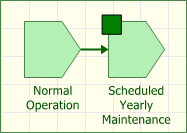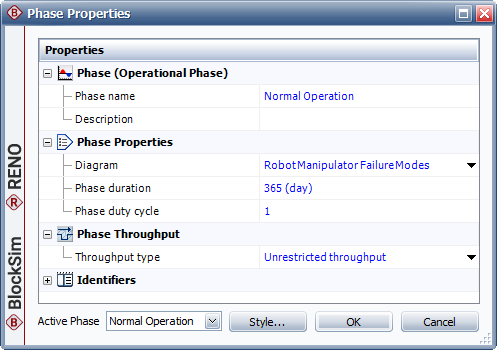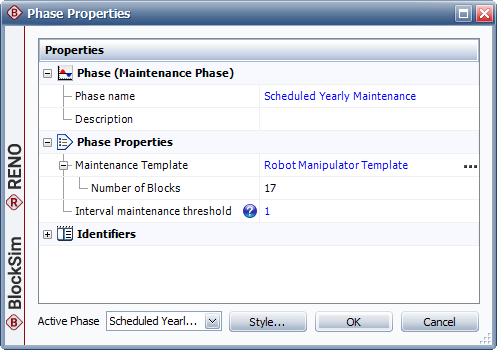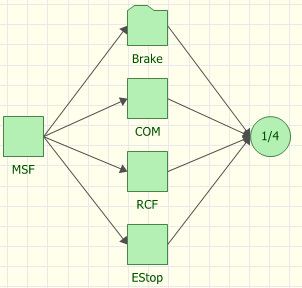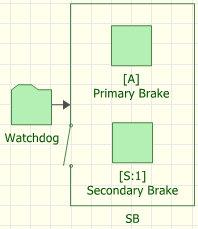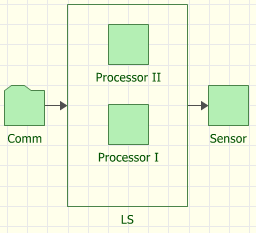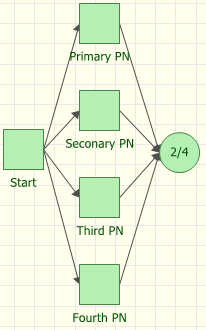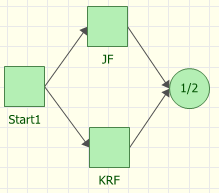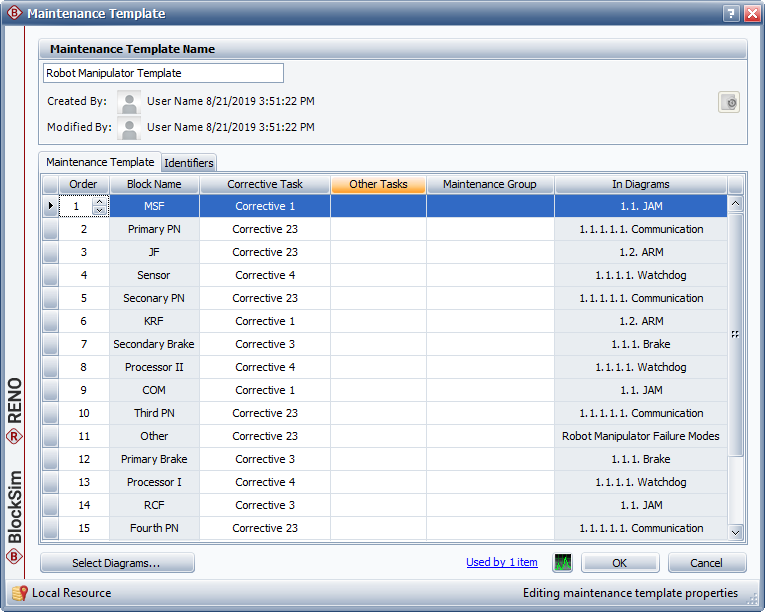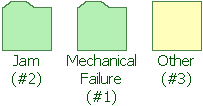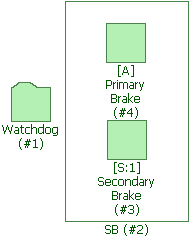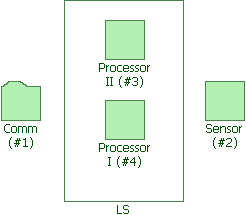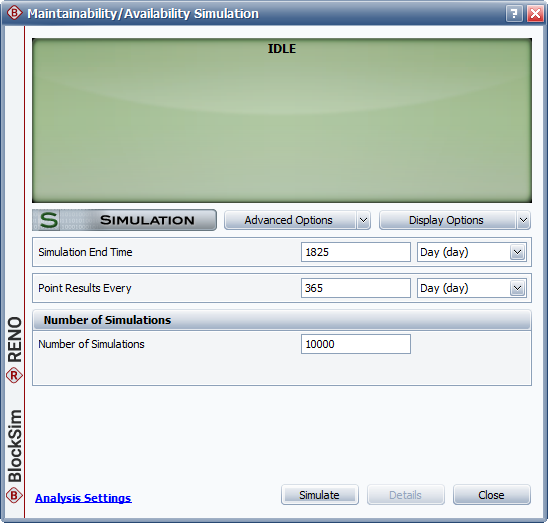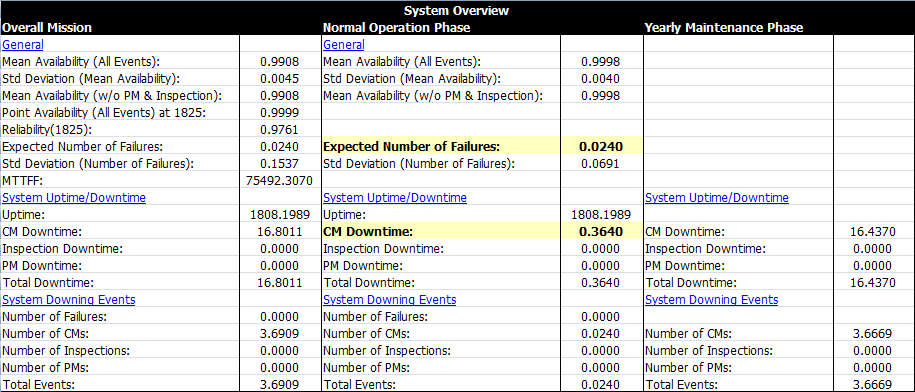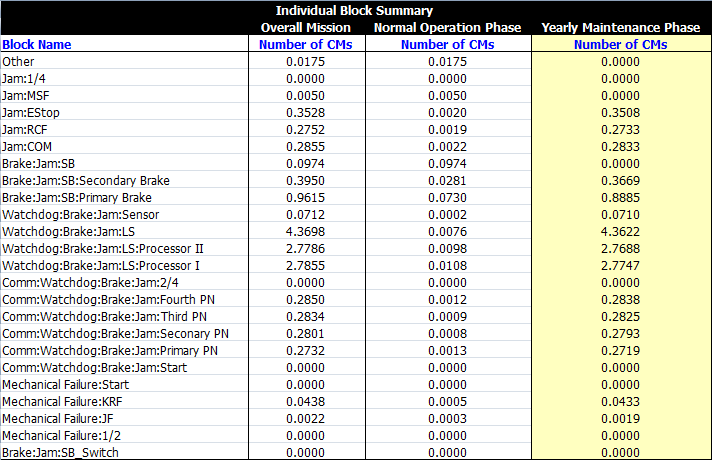arrow_back_ios
Main Menu
arrow_back_ios
Main Menu
- Sistemi di alta precisione e calibrazione
- Sistemi DAQ
- Dispositivi portatili S&V
- Elettronica industriale
- Analizzatore di potenza
- Condizionatore di segnale S&V
- Trasduttori acustici
- Sensori di corrente e tensione
- Sensori di spostamento
- Sensori di forza
- Load Cells
- Multi Component Sensors
- Pressure Sensors
- Strain Sensors
- Estensimetri
- Temperature Sensors
- Tilt Sensors
- Torque Sensors
- Vibration Transducers
- Accessories for Vibration Testing Equipment
- Vibration Controllers
- Measurement Exciters
- Modal Exciters
- Power Amplifiers
- LDS Shaker Systems
arrow_back_ios
Main Menu
- Assistente MX
- Braggmonitor Software
- Visualizzatore dati
- Configurazione intelligente
- Licenza di configurazione virtuale
- Software di controllo delle vibrazioni
- Random
- Shock classico
- Replica della forma d'onda temporale
- Sine-On-Random
- Random-On-Random
- Sintesi dello spettro di risposta agli urti
- Strumento di precisione Estensimetro
- Unità di calibrazione del ponte
- Sistema di calibrazione del microfono
- Sistema di calibrazione del trasduttore di vibrazione
- Sistema di calibrazione del fonometro
- Fonometri
- misuratori di vibrazioni
- Misuratore di intensità sonora
- Dosimetro del rumore
- Software palmare
- Accessori per servizi portatili S&V
- Sistema multicanale
- Sistema a canale singolo
- Piezoelettrico (Paceline)
- Premi Fit Controller
- Amplificatore con display
- Legale per il commercio
- Accessori per elettronica industriale
- Condizionatore di segnale CCLD (IEPE)
- condizionatore del segnale di carica
- Condizionatore di segnale micro
- NEXUS
- Cartucce microfoniche
- Preamplificatori microfonici
- Set di microfoni
- Idrofoni
- Sorgenti sonore
- Calibratori acustici
- Microfoni speciali
- Accessori per trasduttori acustici
- Uso industriale/sperimentale/su impianti di prova
- Riferimento (standard di trasferimento, soddisfa ISO376)
- Sensori di forza personalizzati
- Accessori per sensori di forza
- Single Point
- Curvatura/Trave
- Canister
- Tension
- Compressione
- Weighing Modules
- Customized Load Cells
- Accessories for Load Cells
- Piezoelectric Charge Accelerometer
- Piezoelectric CCLD (IEPE) Accelerometers
- Force Transducers
- Piezoelectric Reference Accelerometer
- Tachometer Probes
- Vibration Calibrators
- Optical Accelerometer
- Accessories for Vibration Transducers
- Discontinued - Vibration Transducers



